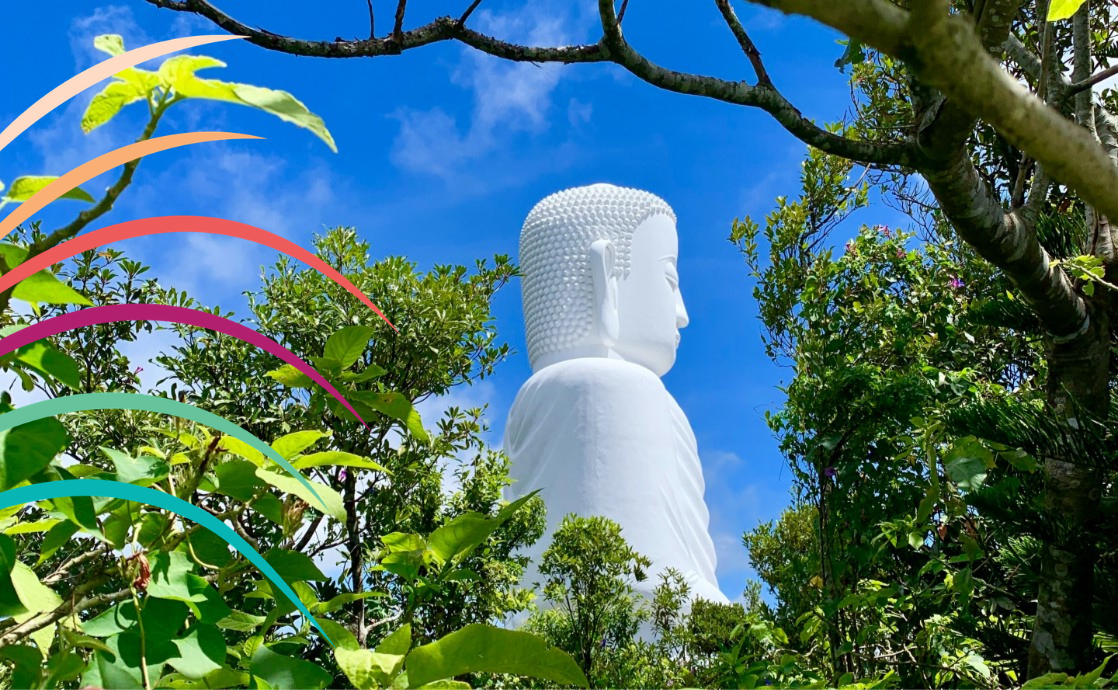In the realm of interfaith dialogue, a captivating question emerges: Are Buddhist scriptures truly authentic? This inquiry invites introspection, challenging adherents and scholars alike to consider the complexities of scripture’s authenticity within varying religious traditions. The quest for authenticity can often lead one down a convoluted path, requiring a thorough examination of historical, philosophical, and contextual elements. This analysis aims to unravel the layers of Buddhism’s sacred texts, their origins, and the implications of their authenticity for both practitioners and the broader religious discourse.
At the outset, it is essential to delineate what is meant by “authenticity” in the context of sacred scriptures. Authenticity can encompass a multitude of dimensions, including the texts’ historical origins, their preservation over time, the faithfulness of transmission, and the interpretational frameworks that accompany them. Buddhism, with its vast canon of scriptures, presents a particularly fascinating case study in this regard.
Buddhist scriptures can be categorized primarily into two main groups: the Pali Canon and the Mahayana Sutras. The Pali Canon, or Tipitaka, is often regarded as the earliest and most authoritative collection of Buddhist texts. It contains the teachings attributed directly to the Buddha, preserved in the Pali language. The Mahayana Sutras, on the other hand, emerged later and reflect a broader theological diversity, incorporating multiple perspectives and practices. This distinction poses an initial challenge: Which texts hold greater authenticity? Are the earlier texts inherently more authentic simply by virtue of their precedence, or do the later Mahayana works contribute equally to the Buddhist milieu?
To further complicate matters, one must consider the process of textual transmission in Buddhism. Unlike many religious traditions that underwent a rigorous and hierarchical process of canonization, Buddhism has historically embraced a more fluid and decentralized approach to scripture. The oral transmission of teachings, followed by their transcription in varying dialects and languages, has inevitably introduced reinterpretations and variations. Consequently, the authenticity of a text cannot be seen merely as a static quality but rather as a dynamic interplay between tradition and reinterpretation.
In examining the Pali Canon, it is crucial to recognize its origins. The texts were first committed to writing in the 1st century BCE, several centuries after the Buddha’s passing in the 5th century BCE. This temporal gap raises pertinent questions: How can we ascertain the authenticity of teachings transmitted orally over generations? What mechanisms were in place to ensure fidelity to the original teachings? While scholars often lean on linguistic and stylistic criteria for establishing authenticity, the inherent uncertainties involved in oral tradition present significant challenges.
Conversely, the Mahayana Sutras, which began to proliferate around the 1st century CE, offer a rich tapestry of philosophical innovations and doctrines. Yet their authenticity is also questioned, as many of these texts were composed by various authors and communities in response to the evolving landscape of Buddhist thought. The legitimacy of these works hinges upon their alignment with core Buddhist tenets, inviting both critique and reevaluation. In this milieu, the question of authenticity becomes not merely a historical inquiry but an exploration of how communities negotiate their belief systems.
The implications of scripture authenticity extend far beyond mere academic curiosity. For practitioners, the perception of a text’s authenticity can significantly influence their spiritual practices and beliefs. A text viewed as authentic may engender greater trust and adherence, while those deemed spurious could lead to doubt and skepticism. Consequently, the quest for authenticity is also intertwined with the ongoing pursuit of spiritual legitimacy and communal identity.
Furthermore, interfaith dialogue around scripture authenticity can foster an enriching exchange between Buddhist and Baháʼí perspectives. Both traditions emphasize the progressive revelation of spiritual truths, although their approaches to texts diverge significantly. While Buddhism maintains a more historicist interpretation, the Baháʼí Faith teaches that all religious scriptures, including those of Buddhism, convey essential truths that culminate in the unity of humanity. Such dialogues can illuminate the ways in which varying interpretations of authenticity can coexist and even enrich one another.
Ultimately, the inquiry into the authenticity of Buddhist scriptures challenges us to reconsider our own assumptions about tradition, authority, and the evolution of religious thought. In an era marked by rapid communication and globalization, the dynamic between scripture and interpretation continues to evolve. As we navigate these complexities, it becomes evident that authenticity is not merely a characteristic to be assigned but rather a construct that reflects the rich interplay between history, belief, and community.
In closing, the profound question of whether Buddhist scriptures are authentic invites each of us—whether adherents, scholars, or seekers—to engage thoughtfully with the complexities of religious texts. Scripture does not exist in a vacuum; it is a living entity shaped by the histories and contexts of those who engage with it. Thus, rather than arriving at a definitive answer, we find ourselves enriched by the ongoing exploration of authenticity within the vibrant tapestry of Buddhism.
